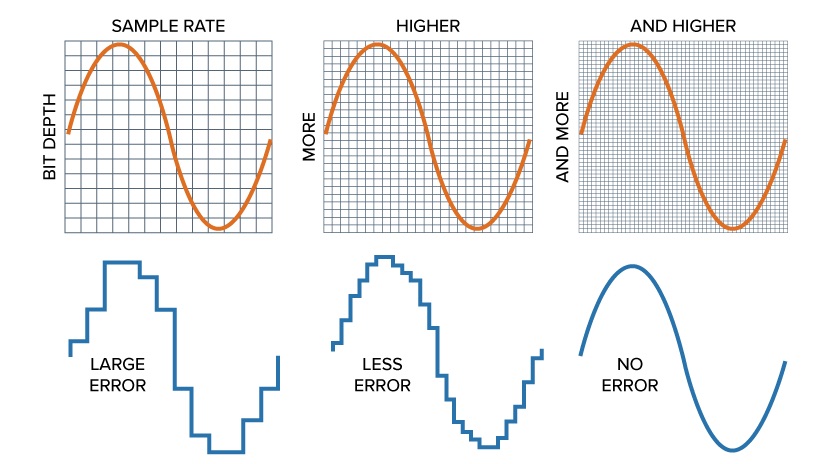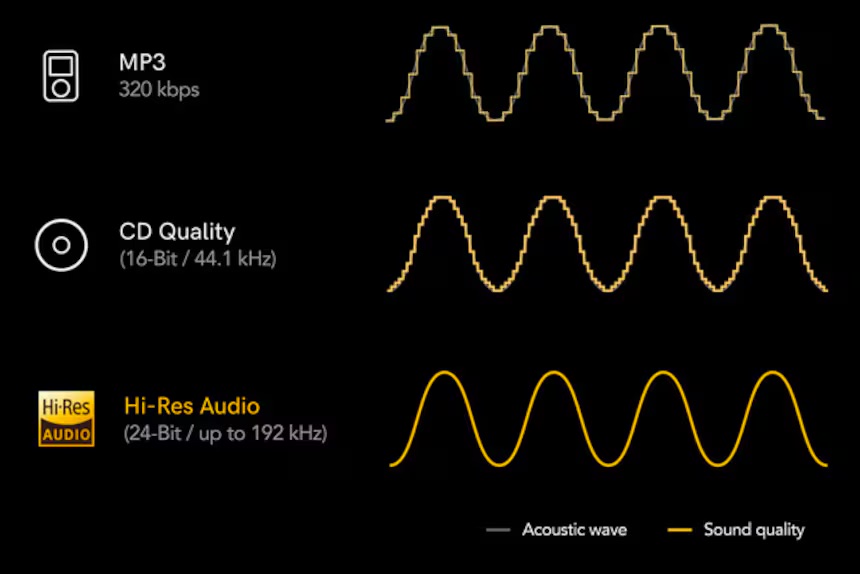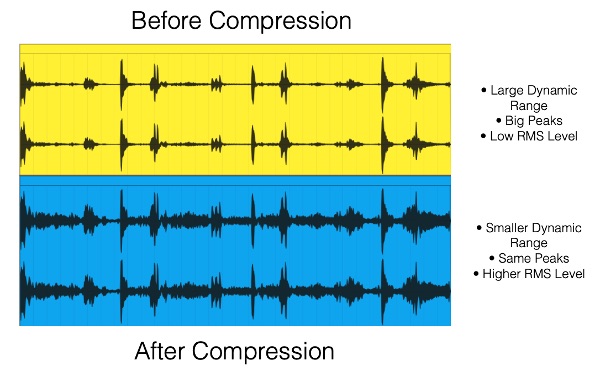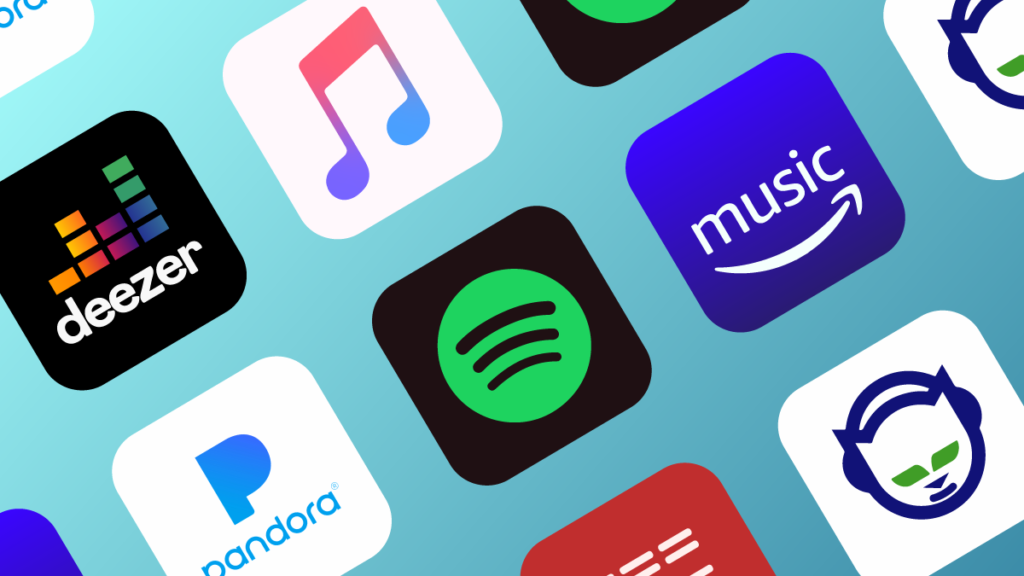If you’ve ever researched any speakers, headphones, or amplifiers, or even read some of our previous articles, you would have come across digital numbers like 328kbps, or 24-bit. You probably would have wondered what they mean and how they affect the sound quality of your speaker system. In this article, I will explain what all these terms mean so you can get a better sense of what you are about to buy.
Music Before The Digital Era
Before music was digitized, it was recorded on analog tape. Every single instrument and vocal was stored in the tape, and then copies were made of the original tape to be sold. Like digital music, analog does have some issues. If you don’t care for them properly, vinyl tapes can get pops, analog tapes can also degrade over time, resulting in a lower sound quality. Also, you lost some information and quality every time you made an analog copy.
Digital Recordings
Digital recordings were a system where you could play back the original audio from a silent background, and it would be recorded and duplicated without any loss in quality. Digital recording is done by taking samples of the original audio, these samples occur so many times a second that a human ear cannot detect the missing information.
When the first digital recordings were made, the audio was sampled at 44100 times per second. Each sample had a certain number of bits to represent it, and in those days the number was 16 bits, which is called bit depth. The number you see on the spec sheet is called the bit rate, it is the sample rate multiplied by the bit depth. In this case, you would get 707600 bits per second for one channel, and 1411kbps for two channels.

Studios now use sample rates of 96000 times per second, with a bit depth of 24. Some go as far as 192000 times per second with 32 bits to represent each sample. Digital music changed the game, it can capture so much more of the original audio than analog tapes. In the end, you will have to convert all of that digital audio back to analog to play it, for which you will use a DAC (Digital To Analog Converter)
File Size
When I explained digital recordings above, I was talking about the original digital file. The sound file that comes to your device is a little different. If you bought a physical CD, you would get a copy of the 16-bit audio.
When you stream on the internet, the audio files take up a lot of space and use more bandwidth than you might think. A one-hour 2-channel recording with a sample rate of 44100 and a bit depth of 16 bits takes about 620 MB of space. An hour of music captured at a sample rate of 96000 with 24 bits would take up about 2000 MB of space. Your ears might not detect all of the differences between these audios, but you will feel a difference in the end.
Hi-Res Audio
Hi-Res Audio is anything recorded from analog tapes at a higher sample per second and bit depth than the original CD standard of 16 bits and 44100 samples. Hi-Res audio files use a sampling frequency of 48 kHz, 96 kHz, or 192 kHz at 24 bits.

Compression
Before the world got 1 TB SSDs and fast internet, we needed to find a way to play the large audio files. So, we compressed the file size into something more manageable for phones and iPods. With compression, the 620 MB file would go down to about 50 MB. This allowed for greater portability and access to the internet.

Most streaming services use bitrates from 128kbps to 328kbps. Now, we can compare services to find out which one offers the closest quality compared to the CD standard of 1411 kbps.
